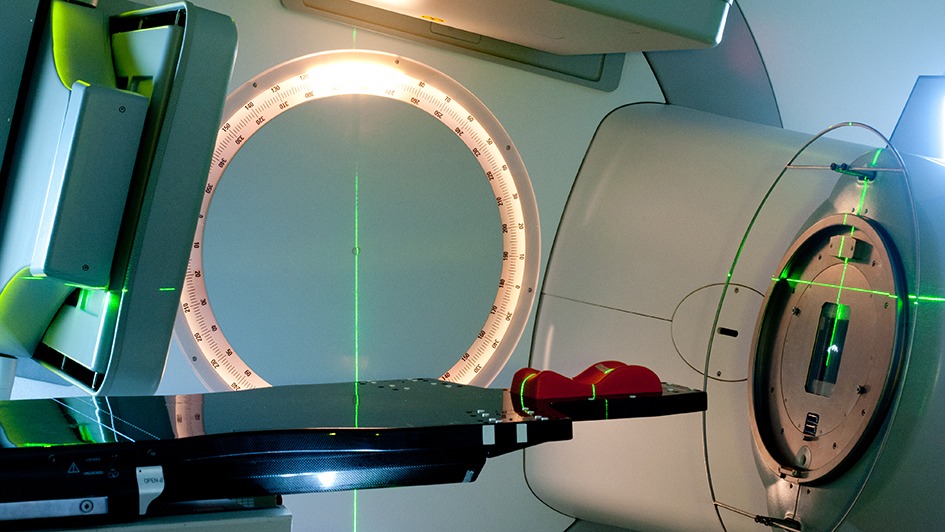
Scientists from the UK’s Institute of Cancer Research, along with researchers and clinicians from the Royal Marsden NHS Foundation Trust, have conducted a phase II clinical trial of radiotherapy in patients with a type of bladder cancer.
The study has evaluated the use of radiotherapy in patients with bladder cancer which had spread to the pelvic lymph nodes, dubbed node positive bladder cancer.
In addition, the trial also included patients with cancer that did not spread to the pelvic lymph nodes, but are more likely to have cancer with a risk of spreading to the nodes.
ICR urological cancer professor Robert Huddart said: “This trial shows that delivering IMRT to the pelvic lymph nodes and bladder is feasible as a part of a treatment plan for patients with node positive bladder cancer, and patients are able to receive and tolerate appropriate doses of radiation.
“More work needs to be done to combine radiotherapy and chemotherapy to increase the chances of survival and decrease the chances of relapse but these results show that IMRT radiotherapy is a promising new option for this group of patients.”
Scientists deploy intensity-modulated radiotherapy (IMRT) to treat the bladder and pelvic lymph nodes cancer
According to the new clinical study, radiotherapy in more targeted forms is capable of treating bladder cancer which has spread to the lymph nodes of the pelvis.
The scientists deployed the intensity-modulated radiotherapy (IMRT) to treat the bladder and pelvic lymph nodes cancer and record the possible resultant toxic effects from the treatment.
IMRT is a type of radiotherapy, in which the radiation beam can be guided to closely fit the tumour shape, and the machine will move around the patient’s body.
Diarrhoea and increased urinary frequency include the negative side effects of the therapy in most patients, and were resolved in few weeks after the treatment.
Huddart added: “We hypothesised that using IMRT would give the best chance of maximising the dose of radiation which is delivered to the tumours, while minimising the dose of radiation delivered to healthy cells, reducing the risk of toxic side effects in patients.”






